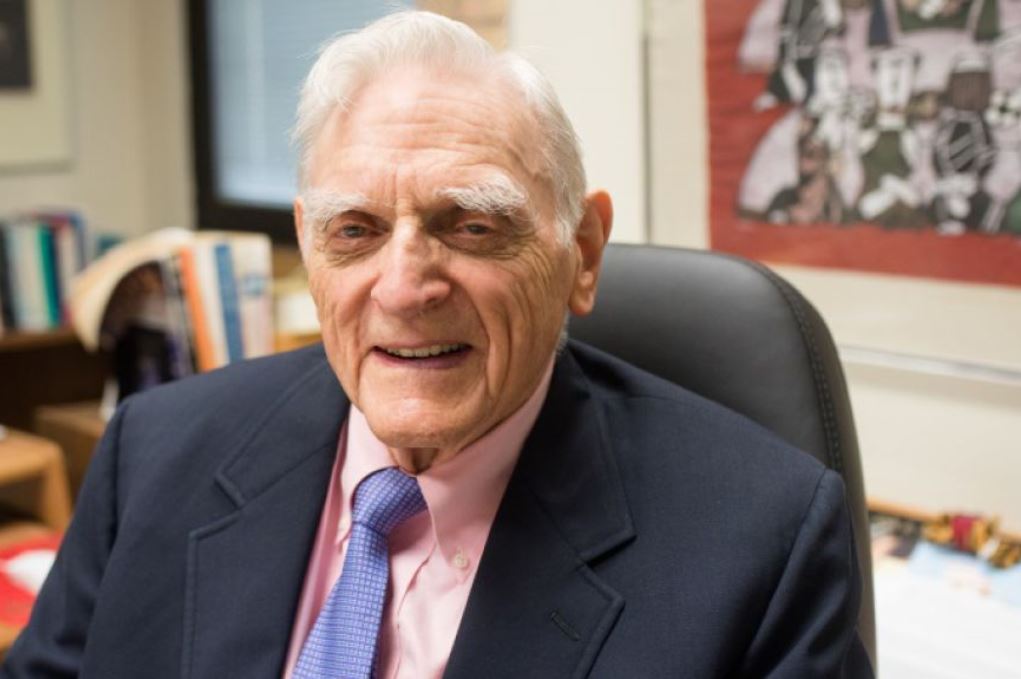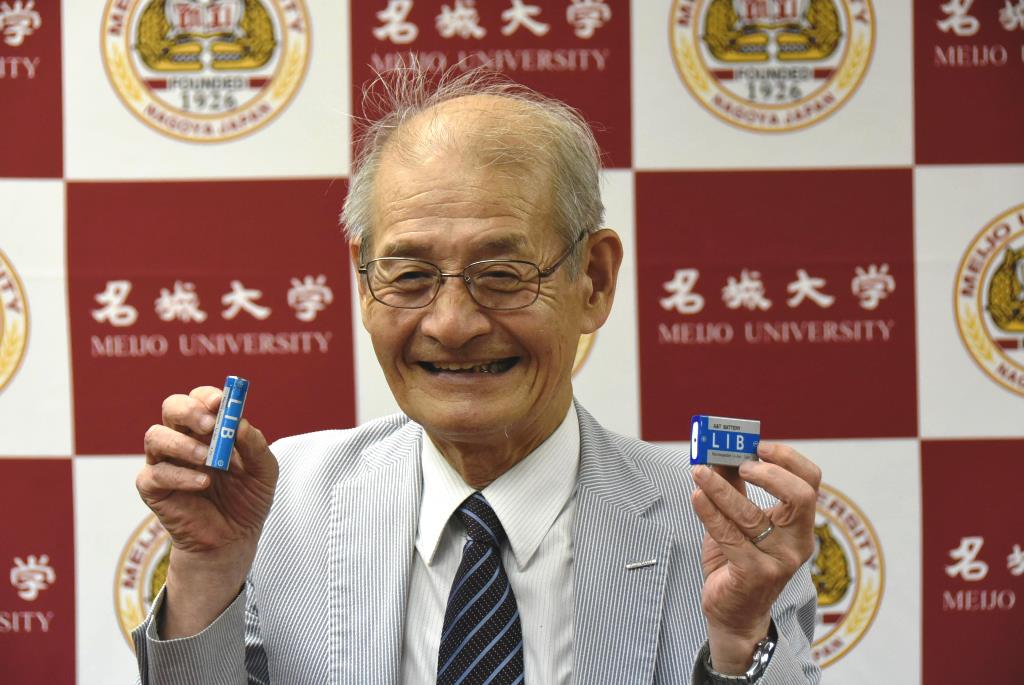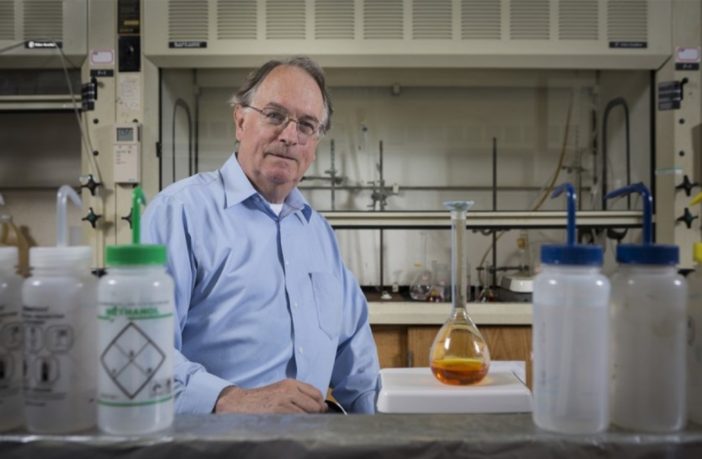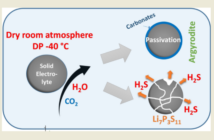Scientific American shared its excitement on October 9, 2019. That’s because the Nobel committee had singled out lithium batteries for their chemistry prize. This is a defining moment for our industry, and for green storage energy. Who would have asked – even ten years ago – could lithium batteries earn Nobel Prizes?
Lithium Batteries Earn Nobel Prizes for Three Notable People

It’s right and proper Stanley Whittingham, John Goodenough, and Akira Yoshino share recognition for lithium battery development. Moreover, their teams at Texas, Binghamton, and Meijo universities deserve recognition too.
Technical breakthroughs including lithium batteries earn Nobel and other awards through group effort inspired by remarkable people. Therefore, each of the three scientists will receive an equal share of the approximately $900,000 prize. “Lithium-ion batteries have brought the greatest benefit to humankind,” the academy citation reads. “Far lighter and more compact that earlier types of rechargeable battery, they are found in everything from mobile phones to laptops and electric cars.”
What the Winners Say About Their Prizes
Great people are modest about their achievements because they know they do not work alone. Akira Yoshino said it was “amazing, surprising” to receive the Nobel Academy’s call. While John Goodenough has previously said “At the time we developed the battery it was just something to do. I didn’t know what electrical engineers would do with the battery.” We couldn’t find a response by Stanley Whittingham anywhere.

The three worked as a virtual team although they did not meet each other at the time. First, Stanley Whittingham invented the first functional lithium battery in the 1970’s. Then, John Goodenough followed up by replacing unstable titanium disulphide in the cathode with cobalt oxide.
Finally, Akira Yoshino followed through with the first commercially-viable lithium-ion battery in 1985. We are pleased to see these three pioneers of lithium batteries earn their Nobel Prizes jointly. For they have together achieved so much between them, and greatly enriched our lives.
Related
Whittingham – The Grand Daddy of Lithium-Ion?
John Goodenough’s Solid State Battery Breakthrough
Preview Image: M Stanley Whittingham




